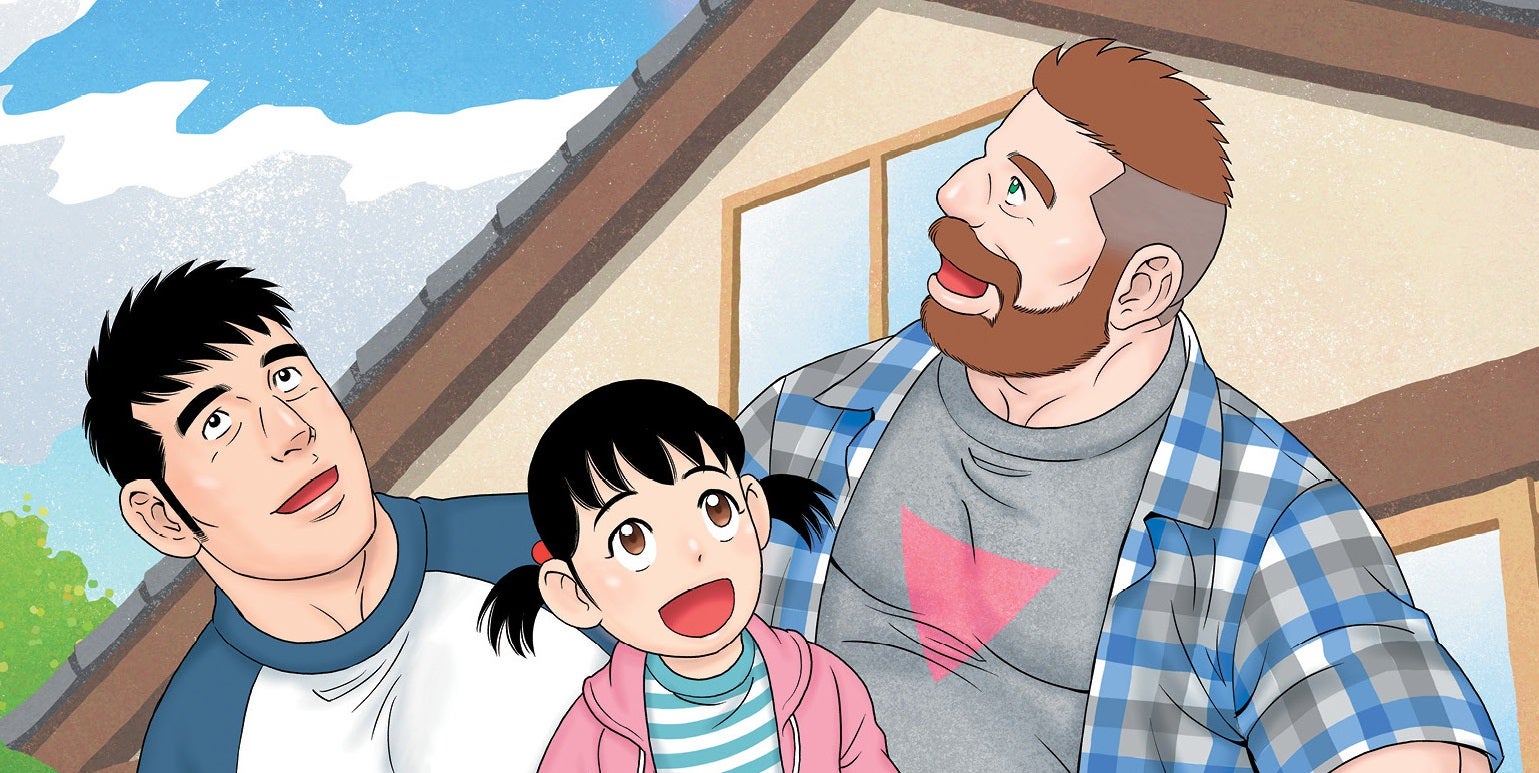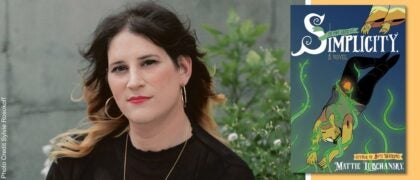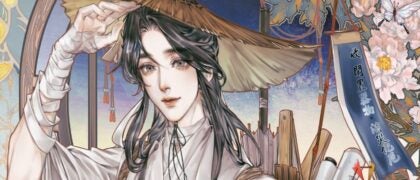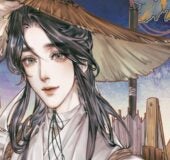There are many terms used in both western and east asian comics that may be unfamiliar to new and longtime readers. Here are those terms defined!
WESTERN COMICS GLOSSARY
- Single Issue – The serial magazine-style format of a comic. Generally, 20-32 pages of a story but sometimes can be more. They are generally numbered in chronological order.
- Variant – This is different than the primary cover for an issue. Both versions of the issue will have the same interior pages.
- Back Issue – Any single issue not currently available on store shelves.
- Limited Series – This is a series with a set number of issues planned before production. The term is often used interchangeably with miniseries depending on the length and number of issues.
- Ongoing Series – This is a series that does not have a finite number of issues planned,and can go on indefinitely. Ongoing series often have clear story arcs that include “jumping on” points for new readers.
- One-Shot – A single issue that is not part of a larger series that contains a completely stand-alone story.
- Annual – A special larger issue of an ongoing series that is released separately from the main numbered entries of that series and is typically self-contained.
- Graphic Novel Collection – This is a graphic novel that reprints multiple single issues of the same or related series in one book. They can be in Hardcover or Paperback (sometimes called Trade Paperbacks or Trades).
- Omnibus – A hardcover, oversized, comprehensive collection that’s usually focused on a single event, series, character, creator. or theme. Paperback standard sized omnibuses are sometimes called Compendiums.
- Original Graphic Novel (OGN) – These are Graphic Novels that are not collections of single issues and have brand new stories only presented in the Graphic Novel format.
- Final Order Cut-off (FOC) – The final date retailers can place orders to receive product by the on-sale date.
- Backorder – A product that is temporarily out of stock with the supplier.
- Out of Print – A book that is no longer being printed by the publisher.
- Reprint – A new release of a previously unavailable book.
Download a printable version of this glossary HERE!
EAST ASIAN COMICS GLOSSARY
- Manga – Japanese comics, read right-to-left.
- Manhwa – Korean comics, read left-to-right. In Korea, digital comics dominate sales, so many manhwa are formatted for digital reading (vertical scrolling) and adapted for print.
- Manhua – Chinese comics, reading format varies left-to-right or right-to-left. Due to strict censorship laws from the Cultural Revolution, it has been rare for manhua to be legally published outside of China until very recently.
- Donghua – refers to animated shows made in China, Taiwan, & Hong Kong.
- Webtoons – Originating in South Korea, webtoons are digital comics that are formatted for vertical scrolling on smartphones. The term has been popularized online and now refers to digital comics from various creators/countries and is not limited to South Korean manhwa.
- Web Comics – Refers to digital comics that are formatted in page-turn style (typically Western style L-to-R), rather than vertical scrolling.
- Light Novels (LNs) – are a type of Japanese novel that typically have a shorter page count (similar to novellas). In Japan, LNs are commonly marketed toward teens and young adults, but in the US and other English language countries, readership is crossover teen/adult. Like standard novels, light novels span across a variety of genres.
- Danmei – a fiction genre originating from China that centers romanticized relationships of love and attraction between men. Danmei novels are typically first serialized on webnovel sites.
- Webnovels – novels serialized by chapter online. Many novels, comics, live action dramas, and animated shows produced in China are based off popular webnovels.
- Kids – Titles that are marketed for Kids and are suitable for All Ages (also called “Kodomo” or “Kodomomuke”).
- Shojo – Primarily marketed to teen girls. Genres often include coming of age, romance, magical girls, and feature young girl protagonists.
- Shonen – Primarily marketed to teen boys. Genres often include coming of age, action and adventure, and features a teen boy protagonist or hero.
- Josei – Primarily marketed to older teen/young women. Series often feature young adult women and tend to show more realistic interpersonal relationships (as opposed to shojo’s often idealized ones) and can cover more mature or darker subjects.
- Seinen – Primarily marketed to older teen/young men. Series often feature more mature themes, including sex and/or violence, and young adult or adult male protagonists. In some series, images may be more graphic (gore, partial nudity).
- Rated Mature (18+) – Can include titles that have mature, edgy, and/or “ecchi,” erotic content. This category can be compared to what HBO/Cinemax is to network TV. Ecchi is generally not
perceived as pornography by fans, and the level of explicitness depends on the series. Some series with no erotic content are rated mature due to depictions of sexual assault, violence, gore, or other mature themes. - Autobio/Essay – Nonfiction manga is trending, particularly autobio/memoir, also referred to as essay manga, which draws on the author’s own life experiences. Common topics include gender and sexuality, mental health, substance abuse, family life and pets, food, and travel.
- Award Winners – There are many manga-specific awards recognized in Japan (Japan Cartoonists Association Award, Tezuka Osamu Cultural Award, etc.) and some International awards (International Manga Award). Graphic novel industry awards outside of Japan often include translated manga (The Eisner Awards, Harvey Awards).
- Classics – Classic manga generally refers to manga that has significantly affected culture or impacted a certain genre. It can also refer to manga published in the late 60s-70s, 80s-90s, and
late 90s-early 2000s, as each manga generation has a specific art style associated with it and was
published at a time when English translated manga was less accessible - Isekai – Isekai is often referred to as “other world.” The general premise is that a character is transported to another world, usually a fantasy or sci-fi realm, and adventures or slice-of-life stories follow. Modern Isekai manga often has an RPG vibe that appeals to tabletop and videogamers. Reverse-Isekai is when a character from another world appears in our ordinary world.
- LGBTQ+ – The LGBTQ+ manga genre features explicit or implied LGBTQ+ protagonists, and often discusses self-identity and real-life issues faced by members of the LGBTQ+ community. An increasing number of “own voices,” publicly out LGBTQ+ manga creators are being published today.
- Romance for Men –Many romance manga series appeal to all genders, and there are series that skew towards a male audience of readers. A popular subgenre is romantic comedies with cute, shy, or teasing girl characters.
- Yaoi/BL – Yaoi, or Boys Love (BL), refers to manga that focuses on romantic relationships between men. The main creators and audience of this genre are women.
- Yuri/GL – Yuri, or Girls Love (GL), refers to manga that focuses on romantic relationships between women.
Download a printable version of this glossary HERE!










